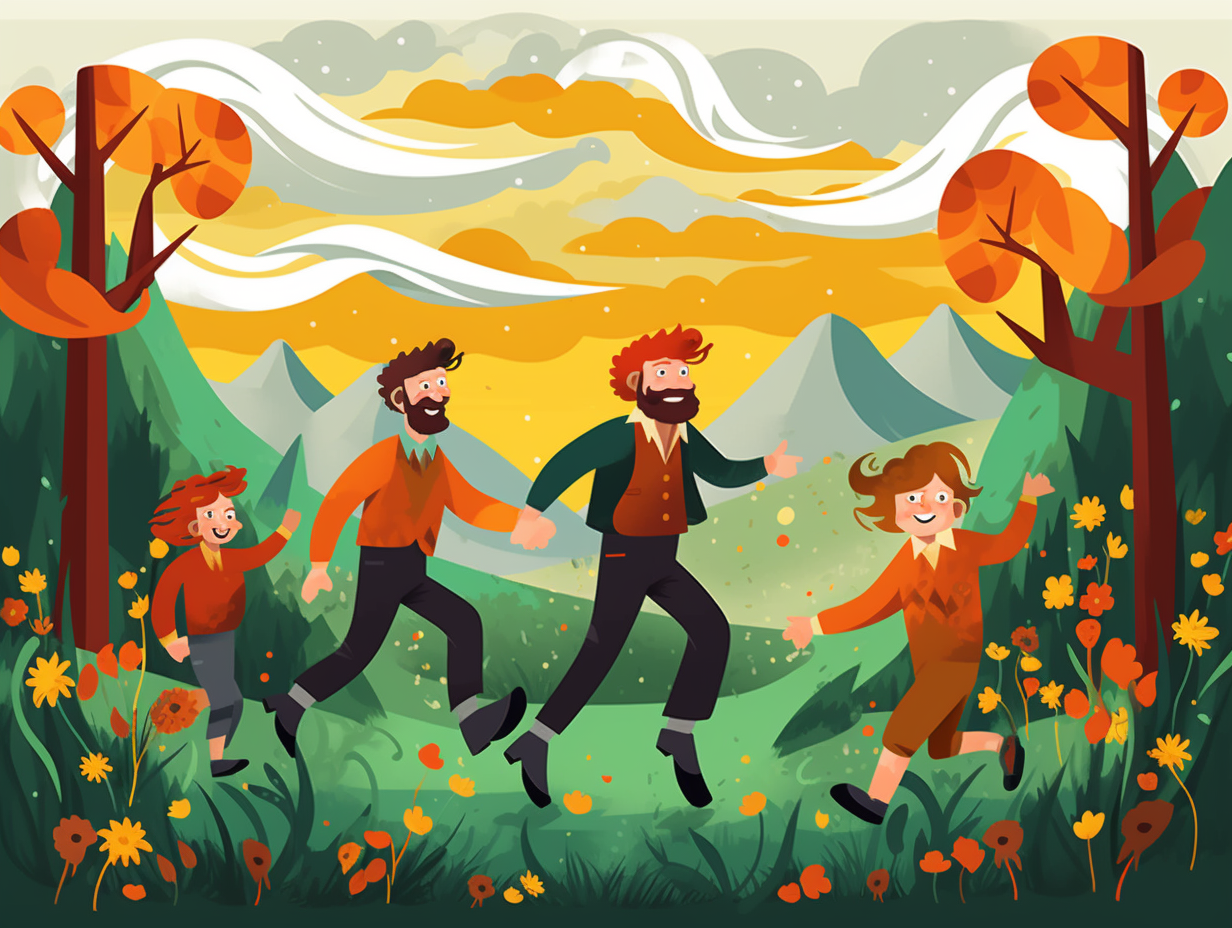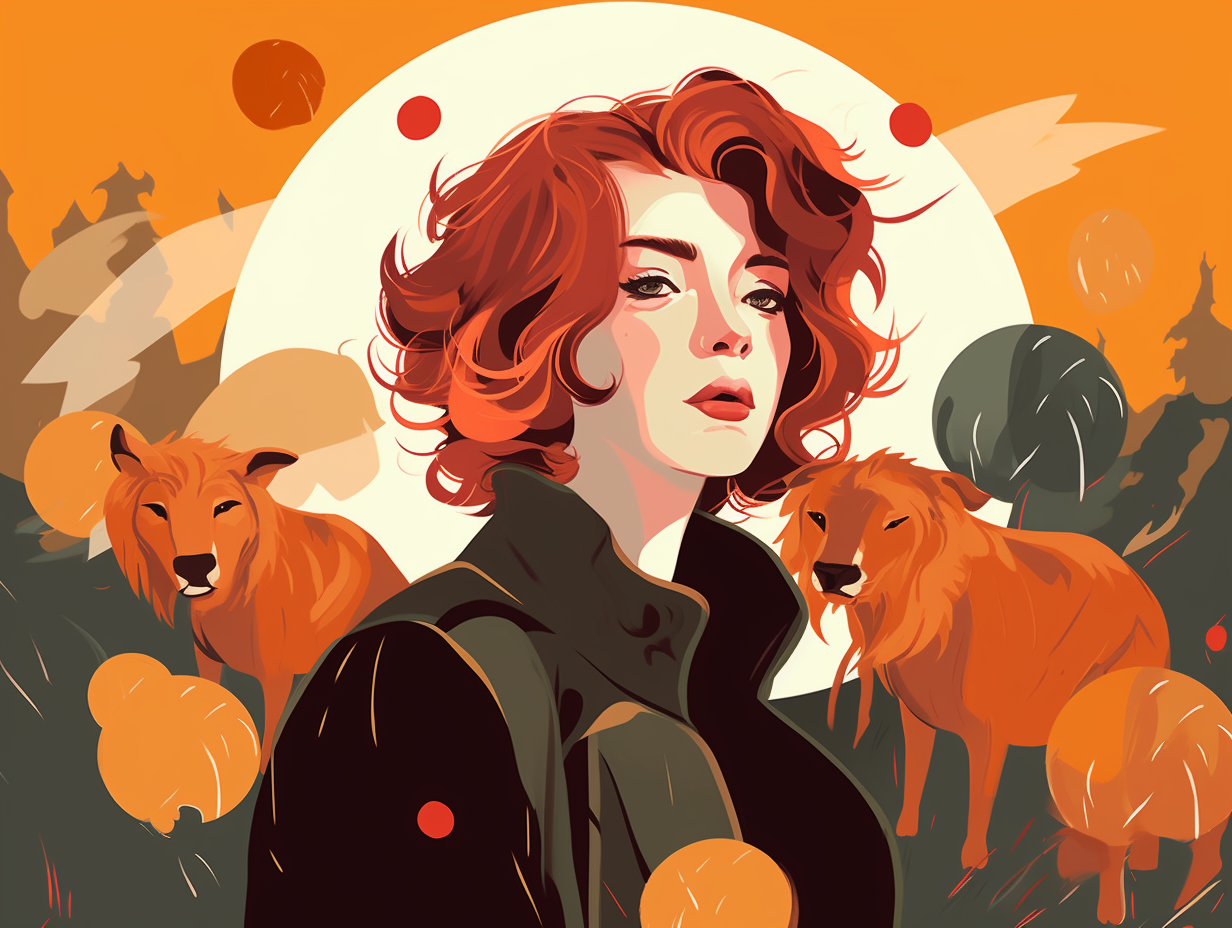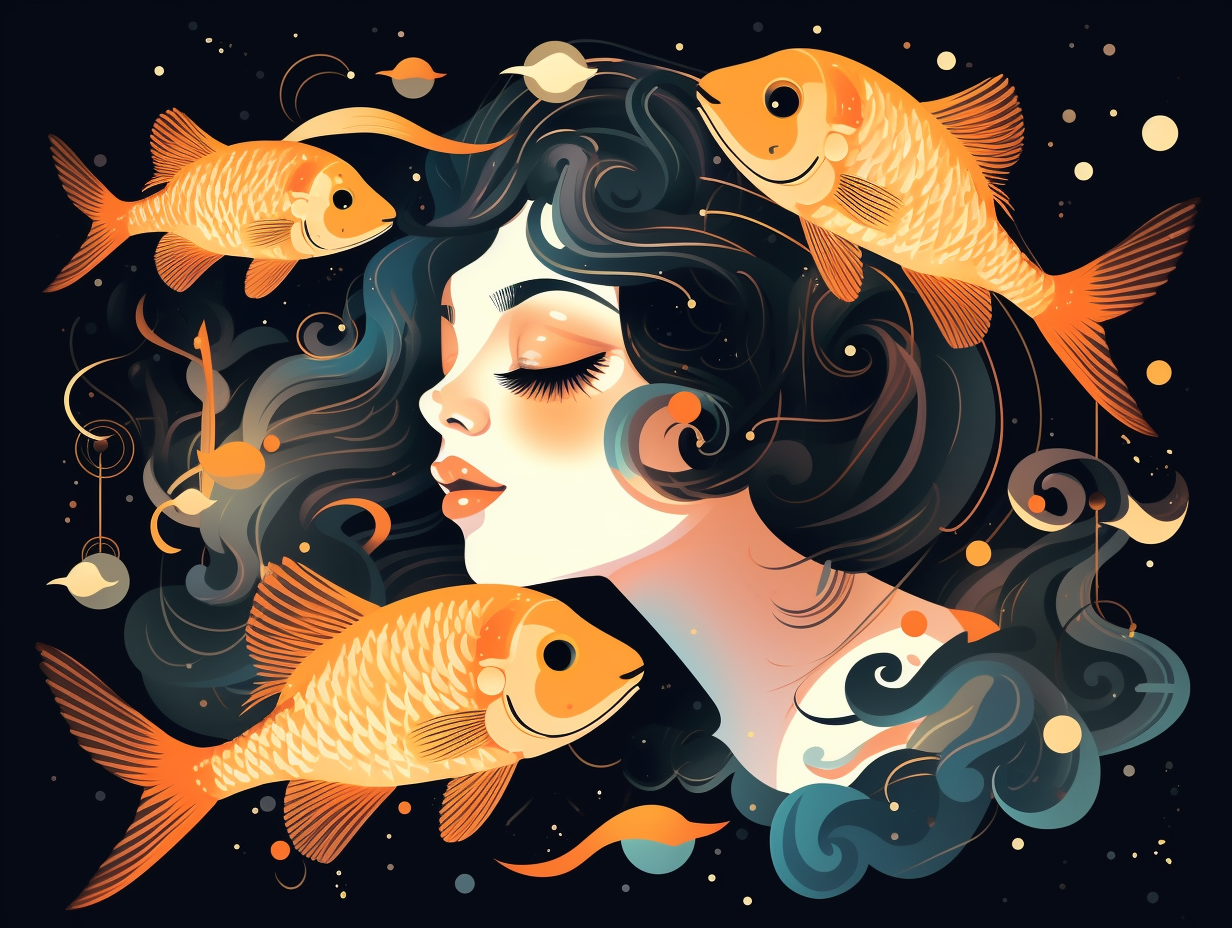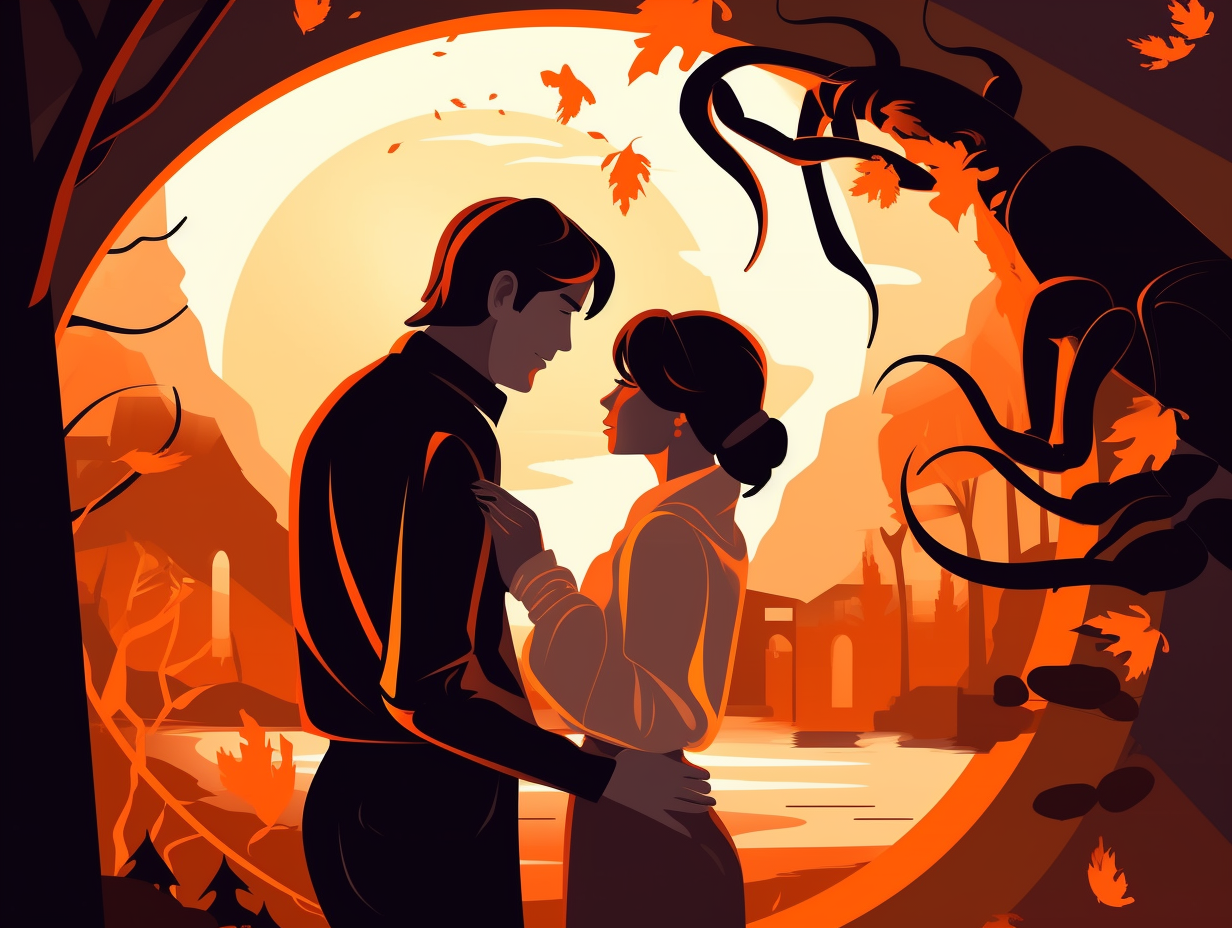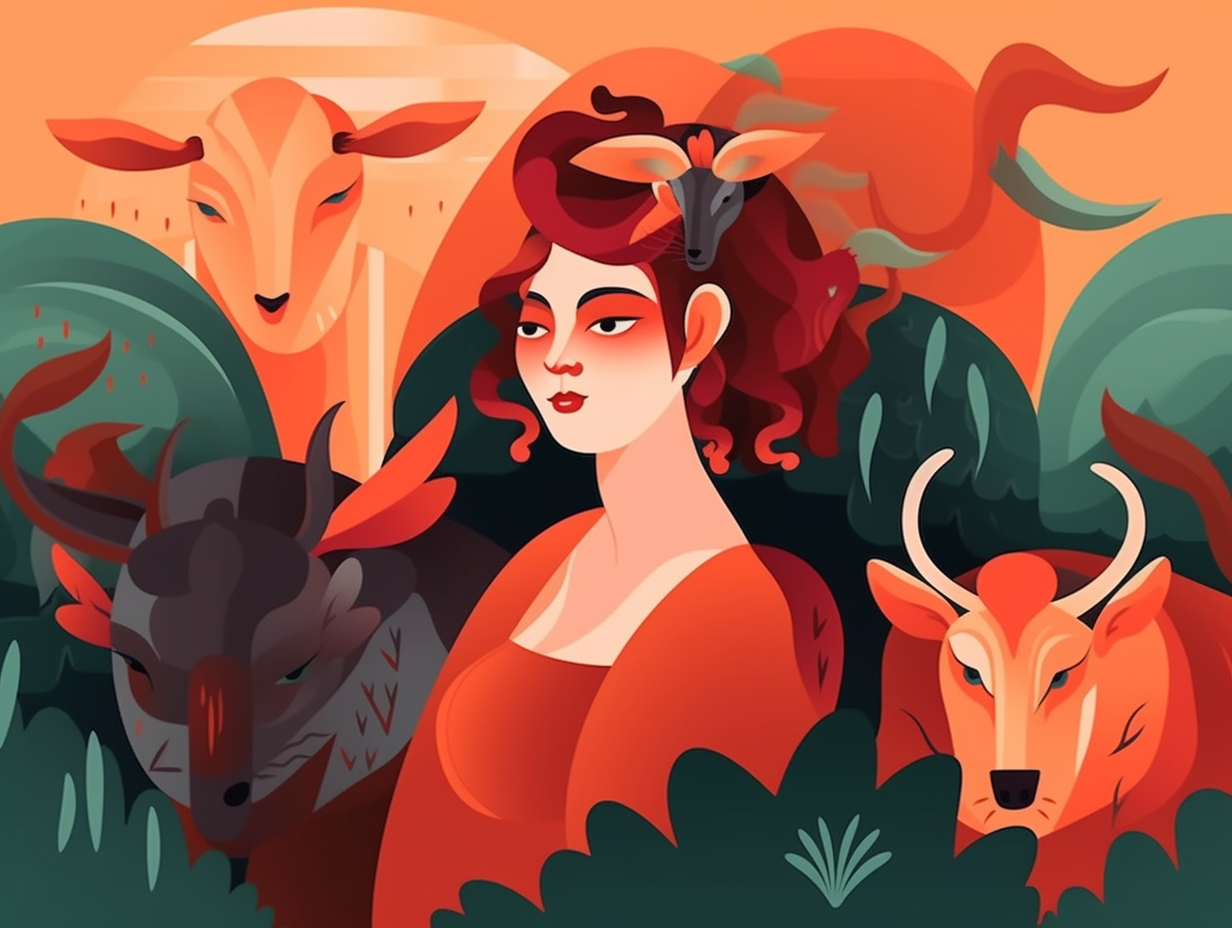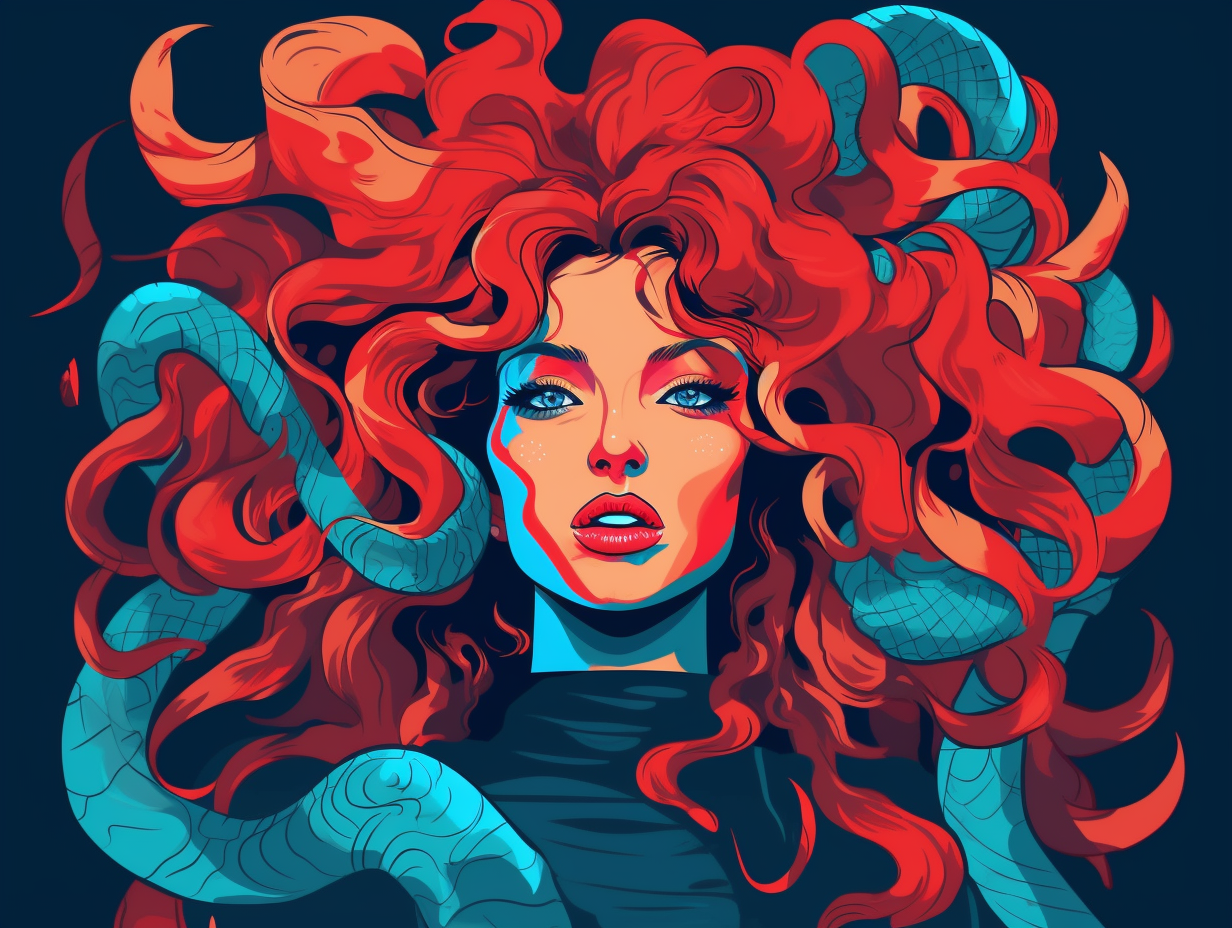Discover the Magic: Top 10 Enchanting Fun Facts About Unicorns You Never Knew!
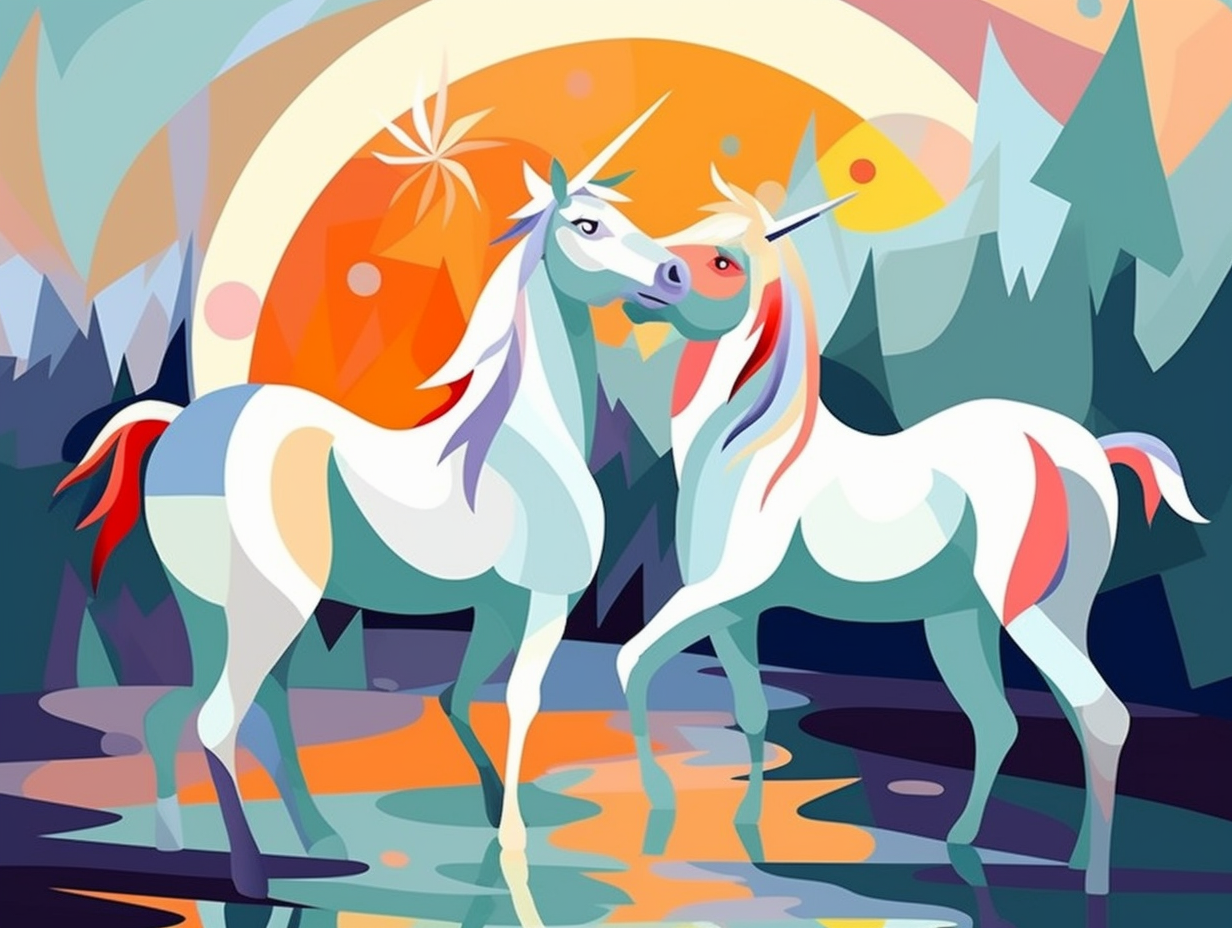
1. Unicorn Swim Team: Narwhals
Ever wondered how unicorns managed their swimming, especially with those fabulous flowing manes? Turns out, they secretly morphed into Arctic whales called narwhals: Narwhals, with their long, spiraled tusks, were actually mistaken for unicorns in medieval times – that magical horn attributed to unicorns was believed to have healing properties, just like the narwhal's impressive aquatic tooth-weapon.
Source => amnh.org
2. Medieval Healing Crystal Scam
Unicorn horns, also known as medieval wishful thinking, were the OG healing crystals that had medieval folks paying a fortune and a half for some magical narwhal dentistry: In reality, these so-called "unicorn horns" were actually narwhal tusks, brought back by Scottish harbour folk who successfully fooled many, including Queen Elizabeth I, into believing they had procured a genuine mythical healer worth £10,000.
Source => countrylife.co.uk
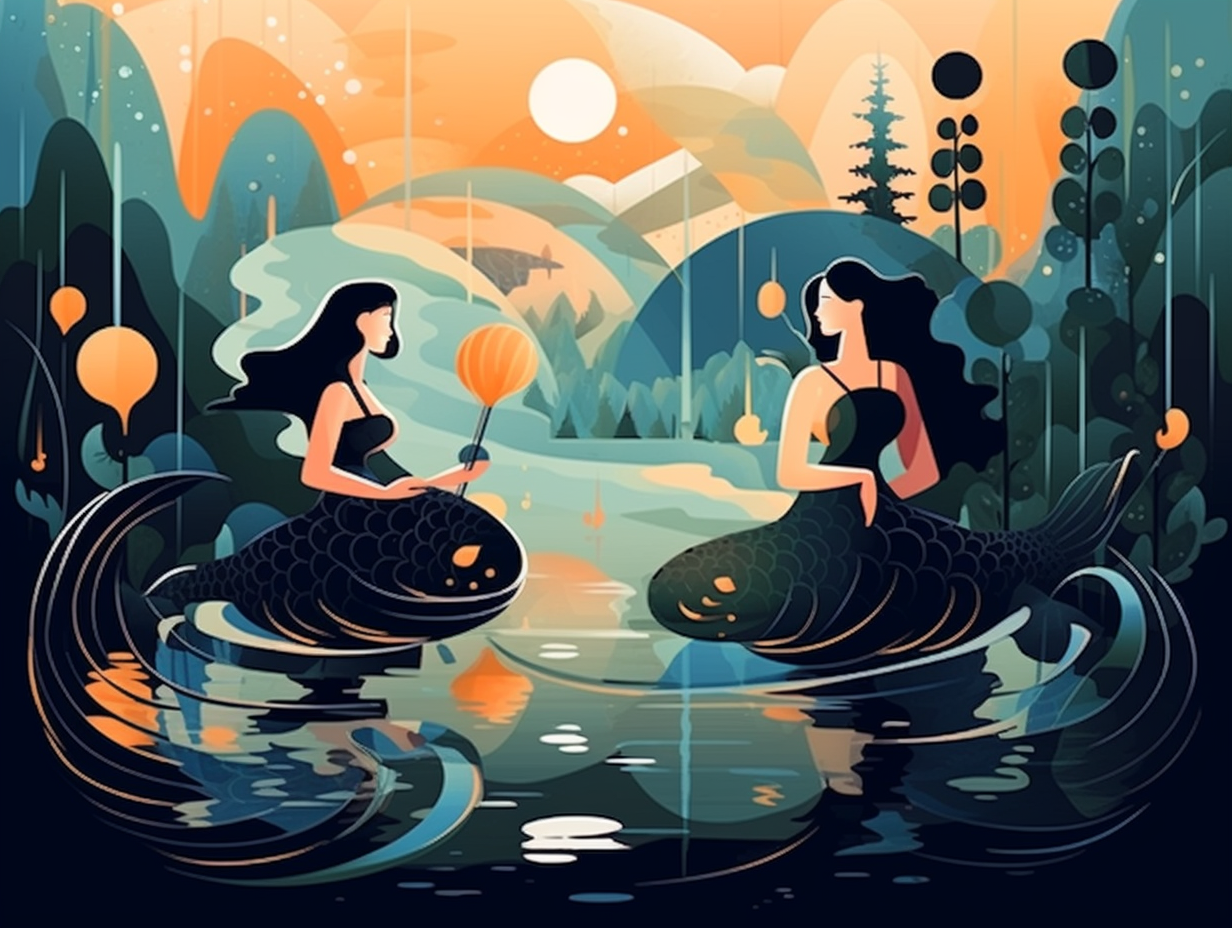
Did you know that the Starbucks logo features a twin-tailed siren from a 16th-century Norse woodcut, not a mermaid? Discover the intriguing story behind its redesign and how it connects to Seattle's oceanic roots.
=> Fun Facts about Mermaids
3. Unicorns: Virgins Only Club
Unicorns, the OG Tinder phenomenon: elusive, alluring, and only interested in virgins. They roamed the forests of medieval lore, flaunting their legendary healing horns like medieval Kardashians with their latest endorsements. But hold your horses - or rather, your narwhals, since these magical single-horned creatures weren't the stallions of myth, but rather the marine mammals whose tusks were passed off as unicorn horns. Plus, our Greek writer buddies seemed to think that these majestic beings were just wild Indian asses sporting an extra pointy accessory. So, in short: no enchanted equines here, just some horny trickery and a dash of ancient comedic confusion.
Source => en.wikipedia.org
4. Chubby Siberian "Unicorn"
Once upon a time in Siberia, a furry, fabulous, and oh-so-heavy "unicorn" waltzed through the grasslands, oblivious to the fact it wasn't sporting a dashing unicorn horn like its mythical counterparts: Enter Elasmotherium sibiricum, a 4-ton rhino family member that co-existed with humans and Neanderthals roughly 39,000 to 35,000 years ago. Unlike the slender, magical beings we envision today, this chubby Siberian "unicorn" was a force to be reckoned with in the ancient world.
Source => livescience.com
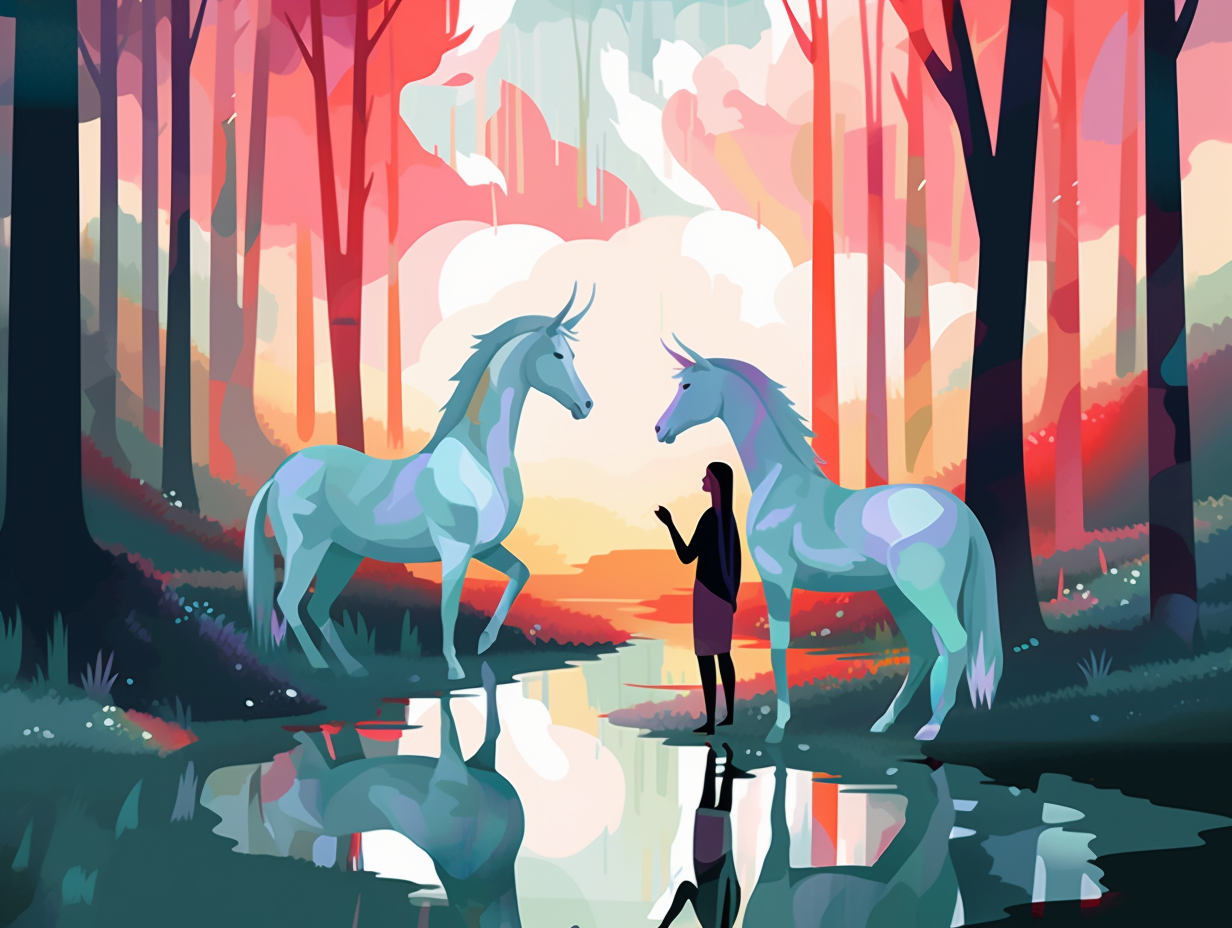
5. Expensive Unicorn Glitter Scandal
Once upon a medieval fairytale, folks paid top-dollar for some magical unicorn glitter, only to find they'd been bamboozled by a whale of a fib: In truth, the mystical alicorn powder that captivated Europe was nothing more than ground-up narwhal tusks or horns of other creatures, and yet, this enchanting myth continued to charm the apothecary shelves well into the 18th century.
Source => en.wikipedia.org
6. Unicorns: Medical Professionals & Church Mascots
Once upon a time in stables far, far away, unicorns were running rampant on doctor's orders and delighting medieval church-goers: Turns out the seemingly make-believe creatures, first depicted in the 4th century AD as small horses with twisted horns, not only held significant symbolism as purveyors of purity and sacrifice in Christianity, but their majestic horn powder was also believed to be an effective medicine or antidote to poisoning since the 6th century, leaving behind a trail of ethereal hoof prints throughout history.
Source => pubmed.ncbi.nlm.nih.gov
7. Unicorn Love: Medieval Dating Symbol
Before you swipe right on that horned beauty gracing your medieval tapestry dating app, let's talk prenuptial pomegranates and the language of love frogs: The unicorn, as seen in "The Unicorn Rests in a Garden" tapestry at The Met Cloisters, symbolized fertility and marriage in medieval times, with ripe pomegranates, love-themed plants, and even some frisky frogs, all reinforcing the theme of procreation.
Source => metmuseum.org
8. Unicorns: Mythical Miss Congenialities
Unicorns: uniting the world, one magical prance at a time! Much like your classic Miss Congeniality, these horned wonders aren't just a pretty face; they have a heart of gold too: According to ancient texts, unicorns are known for their tranquil demeanor and compassion, causing no harm to anyone who doesn't harm them first, making them stand out from their rowdier mythical counterparts like dragons and demons.
Source => gods-and-monsters.com
9. Unicorn Bible Cameos
Unicorns in the Bible? You better believe it, my Noah-compiling creature friends! These one-horned wonders were not a figment of medieval imagination, but a testament to animal awesomeness: Historical accounts from southern Africa detail equine-like creatures with single, arm-length horns attached to their skin, suggesting biblical unicorns could have actually been the elasmotherium – an extinct giant rhinoceros – or the aurochs, a wild ox recognized by the Assyrians as rimu, both serving as powerful symbols of God's strength and might.
Source => answersingenesis.org
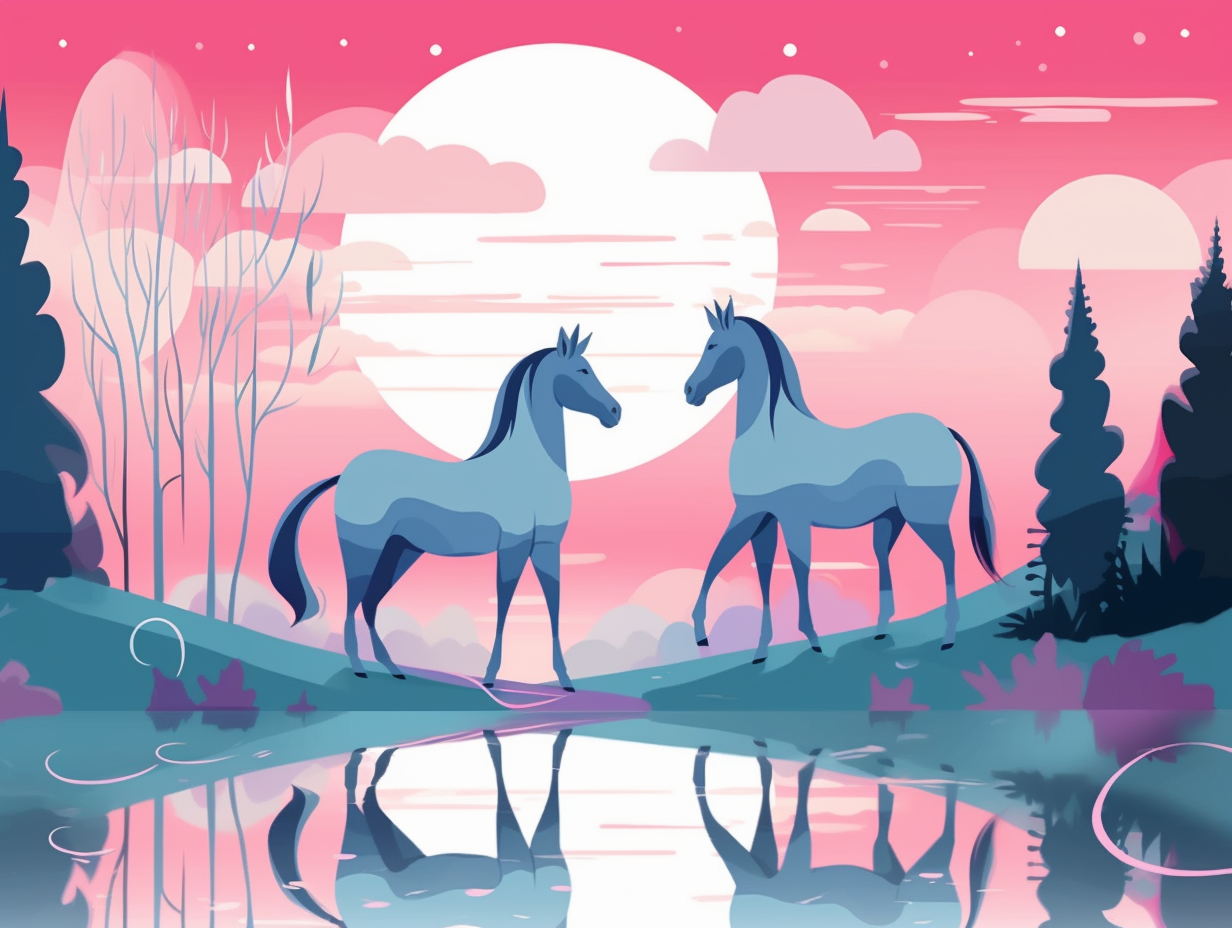
10. Unicorns: Not Just for Kids!
Before you raise your pitchforks and torches claiming unicorns are mere child's play, hold your horses (or should we say mythical beasts?): The Elasmotherium Sibericum, a distant cousin of the rhinoceros sporting a magnificent horn atop its forehead, roamed the earth just 40,000 years ago, offering undeniable evidence of the existence of a real-life unicorn.
Source => nms.ac.uk
Related Fun Facts


